Home>Furniture & Design>Interior Design Trends>How To Tell If Glass Is Oven-Safe
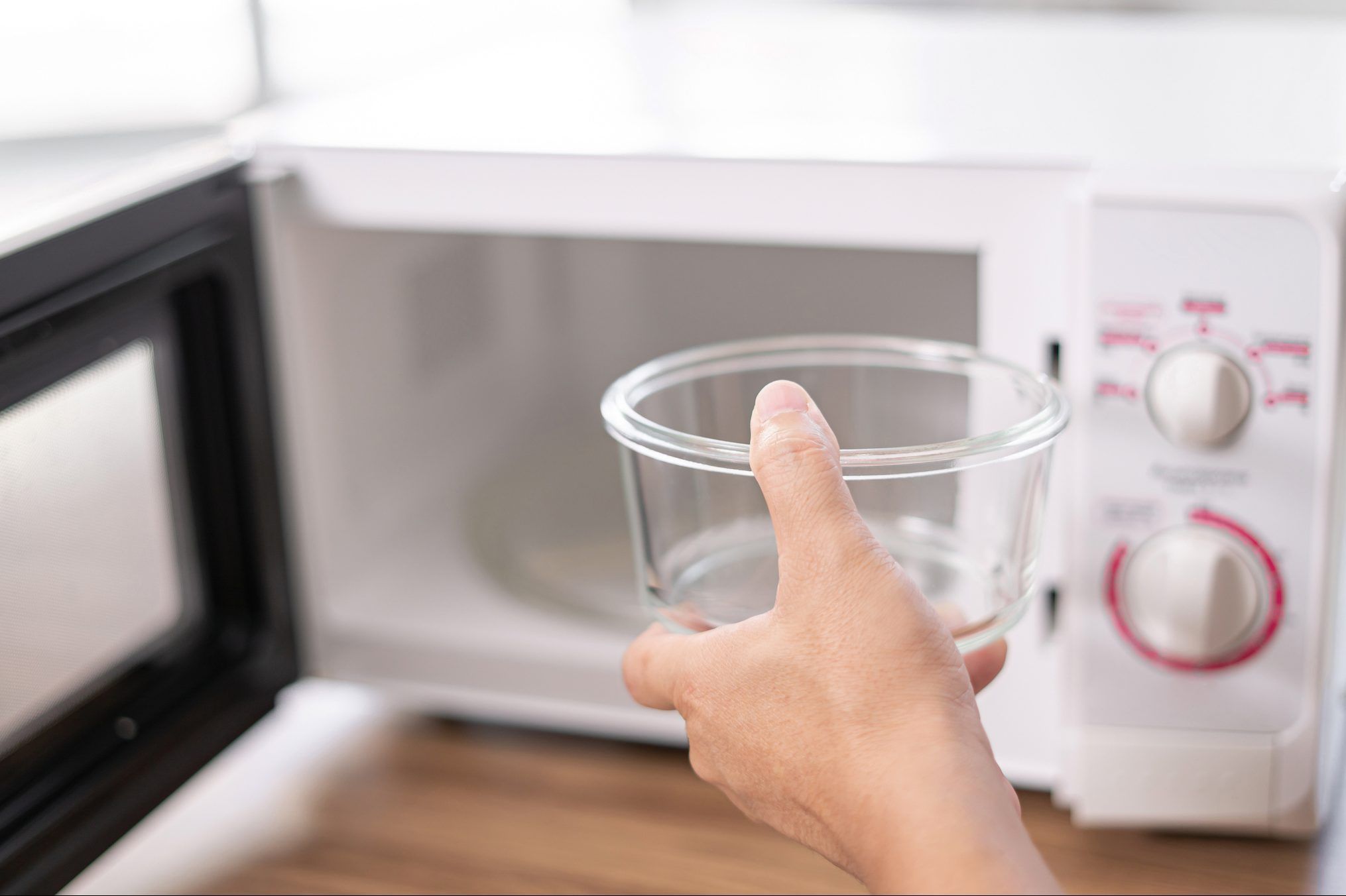

Interior Design Trends
How To Tell If Glass Is Oven-Safe
Modified: October 20, 2024
Learn how to determine if glass is oven-safe and stay updated on the latest interior design trends. Discover the best practices for using glassware in your kitchen and home decor. Keep your space stylish and functional with our expert tips.
(Many of the links in this article redirect to a specific reviewed product. Your purchase of these products through affiliate links helps to generate commission for Storables.com, at no extra cost. Learn more)
Introduction
When it comes to cooking and baking, the choice of cookware and bakeware is crucial for ensuring the safety and success of your culinary endeavors. Among the array of materials used in kitchenware, glass is a popular option due to its versatility and aesthetic appeal. However, not all glassware is suitable for use in the oven, and using non-oven-safe glass can lead to disastrous consequences.
Understanding the distinction between oven-safe and non-oven-safe glass is essential for anyone who enjoys preparing meals or baking treats. This knowledge empowers individuals to make informed decisions when selecting glassware for their culinary needs, ultimately contributing to a safer and more enjoyable cooking experience.
In this comprehensive guide, we will delve into the intricacies of oven-safe glass, exploring the characteristics that differentiate it from regular glassware. Furthermore, we will discuss various methods to determine whether a particular glass item is suitable for use in the oven, providing practical insights that can be applied in the kitchen. Additionally, we will share valuable tips for using oven-safe glass effectively, ensuring that your cooking and baking endeavors are not only successful but also safe.
By the end of this guide, you will possess the knowledge and confidence to discern whether a piece of glassware can withstand the heat of the oven, enabling you to make informed choices and avoid potential kitchen mishaps. Let's embark on this enlightening journey to unravel the mysteries of oven-safe glass and equip ourselves with the expertise needed to navigate the realm of culinary glassware.
Key Takeaways:
- Not all glassware can handle the heat! Look for “oven-safe” labels, check thickness, and consult manuals to avoid kitchen disasters.
- Keep your oven-safe glass happy! Preheat together, avoid direct heat, use oven mitts, and handle with care for a safer cooking experience.
Read more: How To Determine If Glass Is Oven Safe
Understanding Oven-Safe Glass
Oven-safe glass is specifically designed to withstand the high temperatures experienced in ovens, making it suitable for baking, roasting, and other cooking methods that involve heat exposure. Unlike regular glassware, which may shatter or crack when exposed to rapid temperature changes, oven-safe glass is engineered to endure thermal stress, ensuring its integrity and safety during oven use.
The key characteristic that sets oven-safe glass apart is its thermal resistance. This type of glass is formulated to have a low coefficient of thermal expansion, meaning it can withstand significant temperature differentials without fracturing. This resilience is achieved through a meticulous manufacturing process that involves tempering the glass to enhance its strength and durability. As a result, oven-safe glass can endure the extreme heat of the oven without succumbing to thermal shock, providing a reliable and secure vessel for cooking and baking.
Furthermore, oven-safe glass is often labeled or certified as such by the manufacturer. This designation serves as a clear indicator to consumers, allowing them to identify glassware that is explicitly designed for oven use. Manufacturers may employ specific testing procedures and standards to ensure that their glass products meet the criteria for oven safety, providing consumers with assurance regarding the suitability of the glassware for baking and cooking applications.
It is important to note that not all glass items are inherently oven-safe, and using non-oven-safe glass in the oven can lead to hazardous situations. Regular glassware, such as drinking glasses or decorative glass bowls, lacks the thermal resilience required for oven use and may pose a significant risk of breakage or shattering when exposed to high temperatures. Therefore, it is imperative to exercise caution and discernment when selecting glassware for oven-related tasks, prioritizing the use of designated oven-safe glass to mitigate potential safety concerns.
In essence, understanding the nature of oven-safe glass entails recognizing its thermal resistance and the specialized manufacturing processes that imbue it with the ability to withstand the rigors of oven use. By familiarizing oneself with the distinguishing features of oven-safe glass and being mindful of manufacturer certifications, individuals can make informed choices when incorporating glassware into their culinary pursuits, ensuring both the efficacy and safety of their cooking and baking endeavors.
Methods to Determine Oven-Safe Glass
-
Manufacturer's Labeling: One of the most reliable methods to determine if a glass item is oven-safe is to check for specific labeling provided by the manufacturer. Many reputable glassware manufacturers clearly indicate whether their products are suitable for oven use. Look for phrases such as "oven-safe," "ovenproof," or "suitable for baking" on the packaging or product information. Additionally, some manufacturers may include temperature specifications, indicating the maximum heat resistance of the glassware. This labeling serves as a definitive confirmation of the glass item's suitability for use in the oven.
-
Research and Product Information: In instances where the glassware lacks explicit labeling regarding its oven suitability, conducting research and referring to product information can provide valuable insights. Visit the manufacturer's website or contact their customer service to inquire about the oven safety of the specific glass item. Product descriptions and specifications may also contain pertinent details regarding the glassware's thermal resistance and recommended usage, aiding in the determination of its suitability for oven applications.
-
Examine for Thermal Resistance: Oven-safe glass is engineered to withstand thermal stress, making it resilient to rapid temperature changes. To assess the glass item's thermal resistance, examine its thickness and construction. Oven-safe glassware is typically thicker and more robust, exhibiting a sturdy build that can endure the heat of the oven. Conversely, regular glassware, such as drinking glasses or decorative bowls, is often thinner and more delicate, lacking the structural integrity required for oven use. By visually inspecting the glass item and assessing its durability, you can gauge its potential suitability for withstanding oven temperatures.
-
Consult User Manuals and Guidelines: For glassware that is part of a larger kitchen appliance or set, such as casserole dishes or baking pans, referring to the accompanying user manuals and guidelines can provide clarity on their oven suitability. Manufacturers often include detailed instructions and usage recommendations for their products, specifying whether the glassware is intended for oven use. By consulting these resources, you can ascertain the intended applications of the glass items and determine their compatibility with oven usage.
-
Perform a Thermal Shock Test: While this method requires caution and should be approached with care, performing a thermal shock test can offer insights into the glass item's resistance to temperature variations. To conduct this test, immerse the glassware in room temperature water and then place it directly into a preheated oven. After a brief period, carefully observe the glass for any signs of cracking, shattering, or structural compromise. It is important to note that this test should only be conducted with extreme care and is best suited for glass items with ambiguous oven suitability, as subjecting oven-safe glass to sudden temperature changes unnecessarily may compromise its longevity.
By employing these methods, individuals can effectively determine whether a glass item is oven-safe, enabling them to make informed decisions when selecting glassware for their culinary pursuits. These approaches provide practical means of evaluating the suitability of glassware for oven use, empowering individuals to prioritize safety and functionality in their kitchen endeavors.
Look for a label or stamp on the glass that indicates it is oven-safe. If there is no label, check with the manufacturer or avoid using it in the oven to be safe.
Tips for Using Oven-Safe Glass
-
Preheating: When using oven-safe glassware, it is advisable to preheat the oven along with the glass item. This practice helps to minimize sudden temperature differentials and ensures that the glassware is gradually exposed to the increasing heat, reducing the risk of thermal shock. By preheating the oven and the glassware together, you create a more stable and controlled environment for the glass item, enhancing its resilience to the heat.
-
Avoid Direct Heat: While oven-safe glass can withstand high temperatures, it is important to avoid subjecting it to direct heat sources, such as open flames or stovetop burners. Placing oven-safe glassware directly on a heat source can lead to uneven heating and potential thermal stress, compromising the integrity of the glass. To safeguard the glassware, always use it within the confines of the oven and refrain from exposing it to direct flames or intense heat sources.
-
Use Oven Mitts: When handling hot oven-safe glassware, always use oven mitts or heat-resistant gloves to protect your hands from burns or injuries. The glassware can become extremely hot during and after baking, posing a risk of burns if handled without proper protection. By utilizing oven mitts, you ensure safe and secure handling of the glassware, minimizing the potential for accidents or discomfort.
-
Avoid Sudden Temperature Changes: After removing oven-safe glassware from the oven, avoid subjecting it to sudden temperature changes, such as placing it on a cold surface or exposing it to cold water. Rapid temperature differentials can induce thermal shock, potentially causing the glassware to crack or shatter. To prevent such occurrences, place the hot glassware on a heat-resistant surface and allow it to cool gradually at room temperature.
-
Cleaning and Maintenance: Proper cleaning and maintenance are essential for prolonging the lifespan of oven-safe glassware. Always follow the manufacturer's guidelines for cleaning the glass items, using mild detergents and non-abrasive materials to preserve their integrity. Additionally, avoid exposing hot glassware to cold water immediately after use, as this can compromise its structural stability. By adhering to recommended cleaning practices, you can ensure the longevity and functionality of your oven-safe glassware.
-
Storage and Stacking: When storing oven-safe glassware, take care to avoid stacking heavy items on top of delicate glass pieces. Stacking heavy objects on the glassware can lead to pressure and potential damage, particularly if the glass items are not designed for stacking. Additionally, store the glassware in a secure and stable manner to prevent accidental breakage or chipping, preserving its usability for future culinary endeavors.
By incorporating these tips into your culinary practices, you can maximize the safety and efficacy of oven-safe glassware, ensuring that it remains a reliable and durable component of your kitchen arsenal. These guidelines serve to enhance the longevity and performance of oven-safe glassware, enabling you to harness its potential for successful and secure cooking and baking experiences.
Conclusion
In conclusion, the distinction between oven-safe and non-oven-safe glass is a critical consideration for individuals engaged in cooking and baking activities. The ability to discern whether a piece of glassware is suitable for use in the oven is paramount for ensuring both the safety and success of culinary endeavors. Throughout this comprehensive guide, we have delved into the intricacies of oven-safe glass, exploring its defining characteristics, methods for determination, and practical tips for usage. By equipping ourselves with the knowledge and insights presented, we can navigate the realm of culinary glassware with confidence and prudence.
Understanding the thermal resilience and specialized manufacturing processes that distinguish oven-safe glass from regular glassware empowers individuals to make informed choices when selecting glass items for oven-related tasks. The thermal resistance, thickness, and construction of oven-safe glass serve as indicators of its suitability for withstanding the heat of the oven, providing valuable cues for assessment. Additionally, manufacturer labeling, product information, and user manuals offer indispensable guidance in determining the oven safety of glassware, enabling consumers to make educated decisions based on reliable sources of information.
Furthermore, the practical tips for using oven-safe glass, encompassing preheating practices, heat management, safe handling, and maintenance guidelines, contribute to the safe and effective utilization of glassware in the oven. By adhering to these recommendations, individuals can optimize the longevity and performance of their oven-safe glassware, fostering a secure and rewarding culinary environment.
Ultimately, the knowledge and insights gained from this guide empower individuals to prioritize safety and functionality when incorporating glassware into their cooking and baking pursuits. By recognizing the distinguishing features of oven-safe glass, leveraging practical methods for determination, and implementing best practices for usage, individuals can cultivate a kitchen environment that is not only conducive to culinary creativity but also safeguarded against potential hazards associated with non-oven-safe glassware.
As we conclude this enlightening journey into the realm of oven-safe glass, let us carry forth this newfound expertise and apply it to our culinary endeavors, ensuring that our choice of glassware aligns with the demands of oven use. By embracing the principles of safety, discernment, and informed decision-making, we can elevate our cooking and baking experiences, fostering a kitchen environment that is both secure and conducive to culinary excellence.
Frequently Asked Questions about How To Tell If Glass Is Oven-Safe
Was this page helpful?
At Storables.com, we guarantee accurate and reliable information. Our content, validated by Expert Board Contributors, is crafted following stringent Editorial Policies. We're committed to providing you with well-researched, expert-backed insights for all your informational needs.
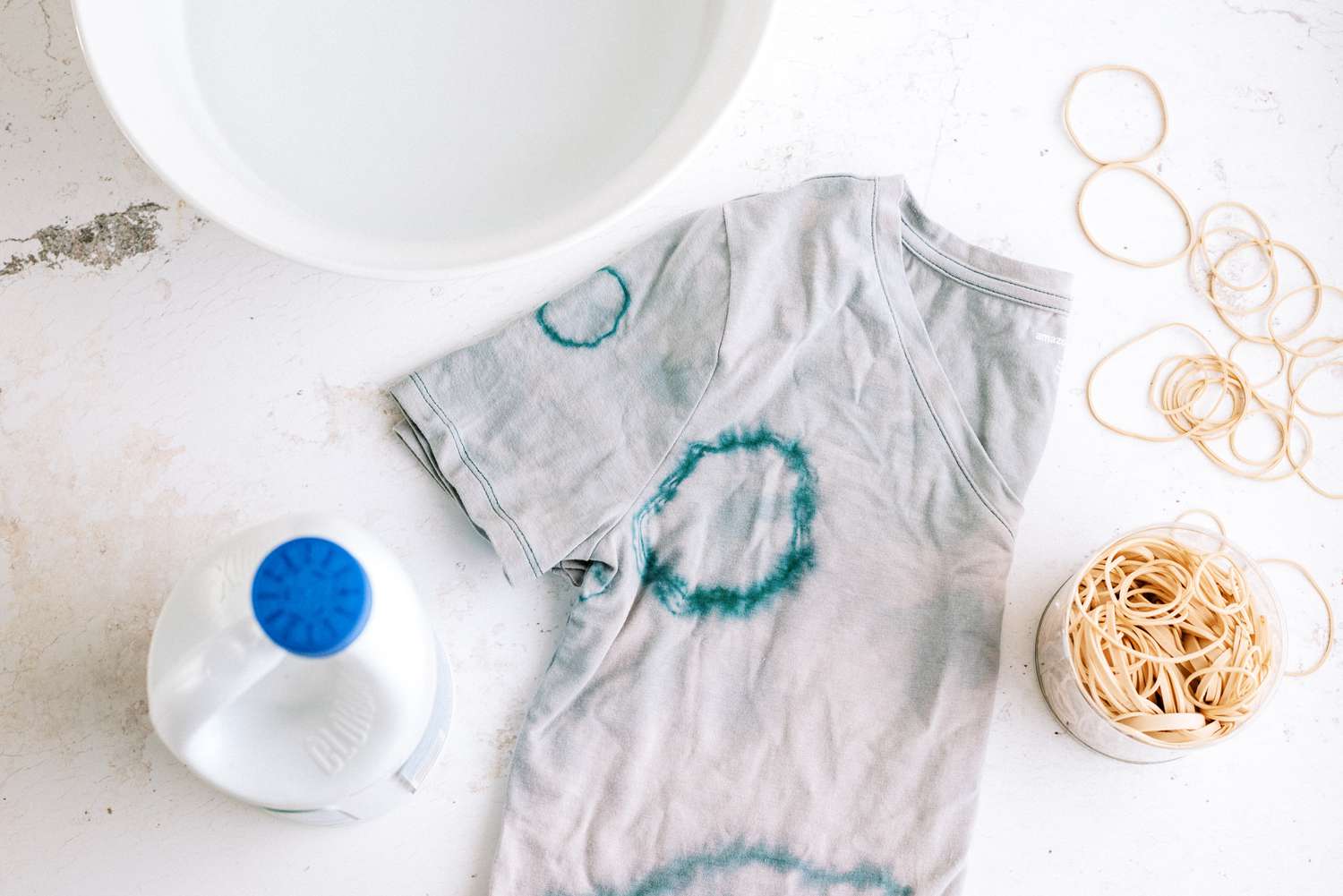
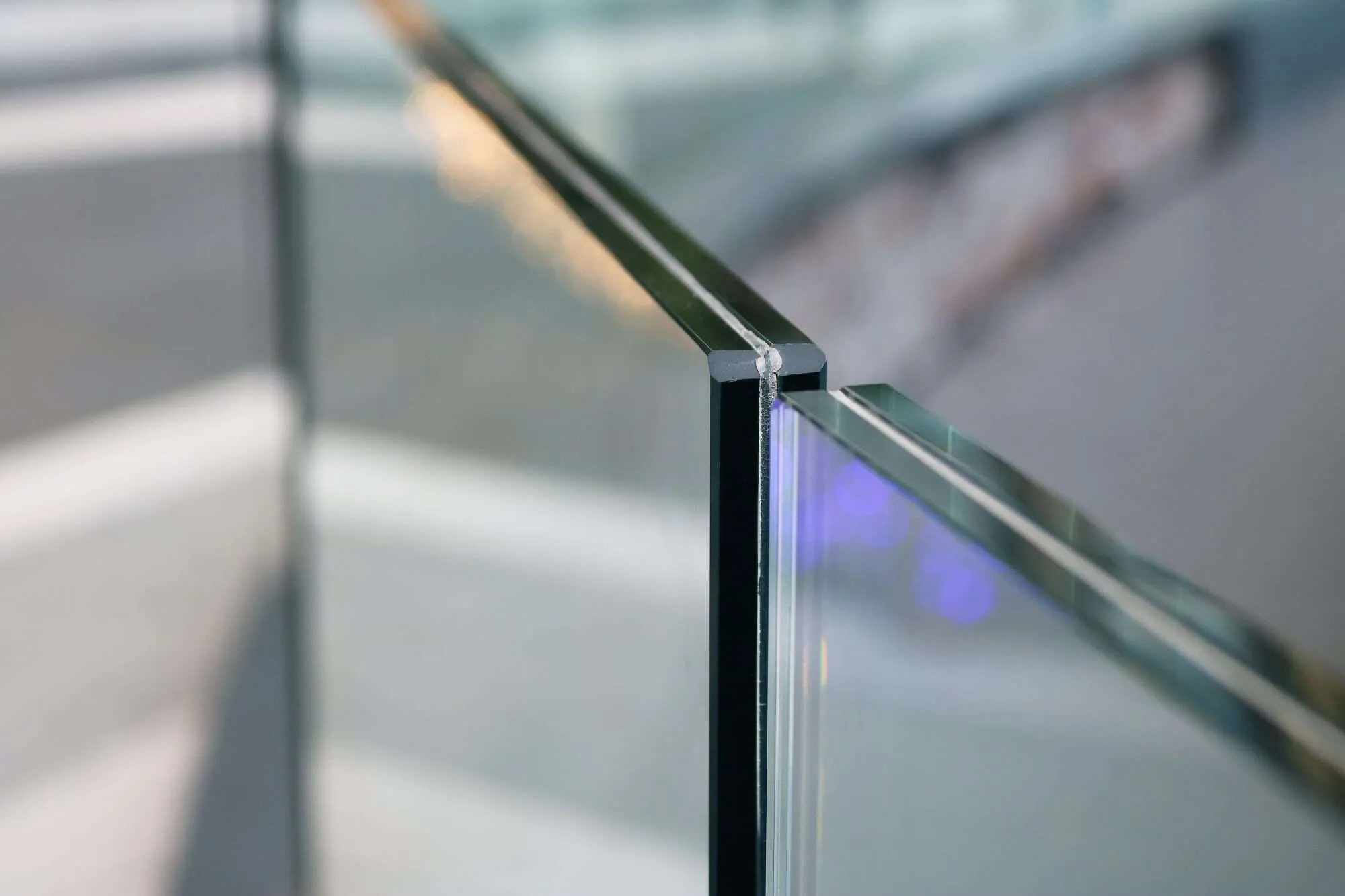
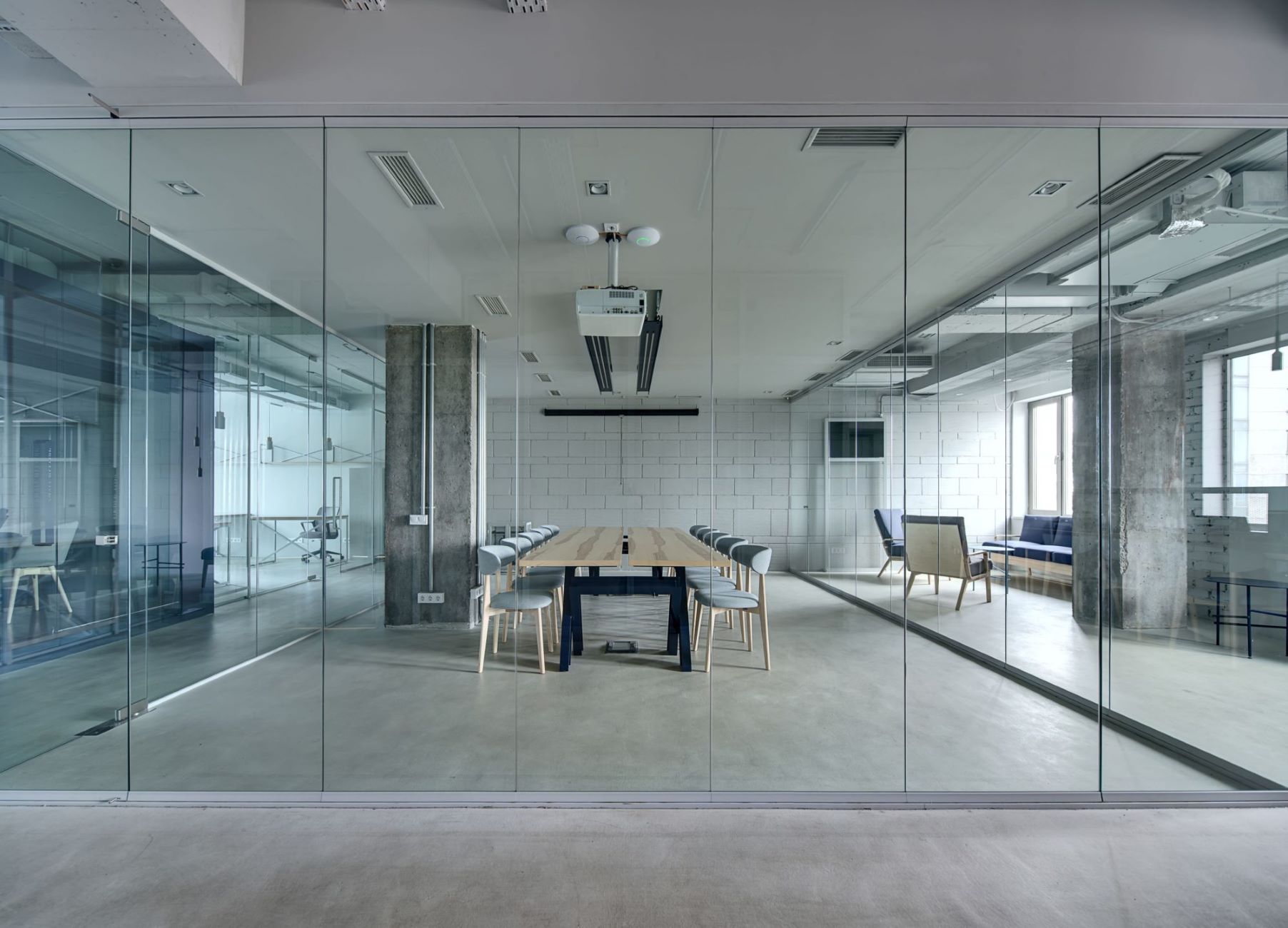
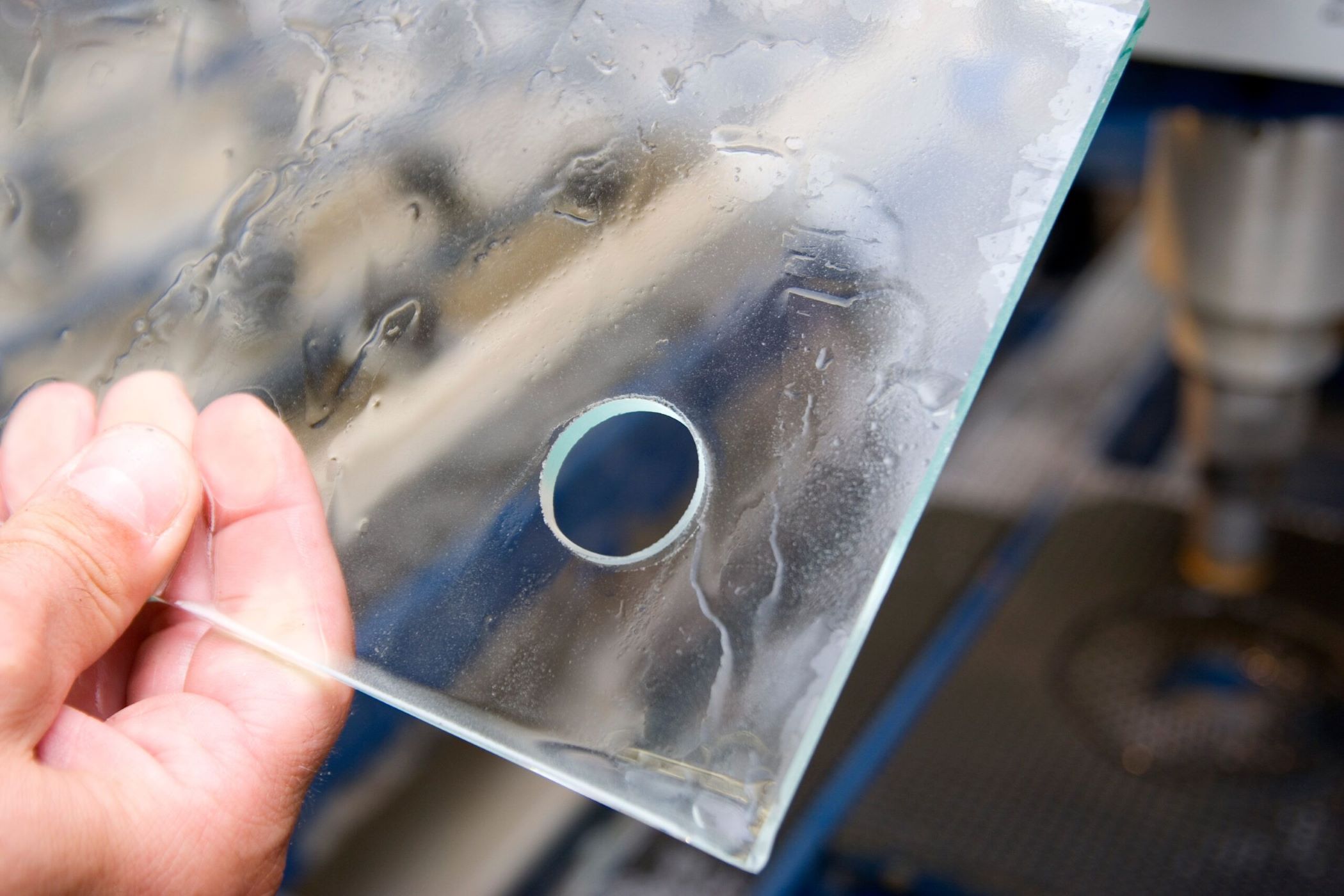
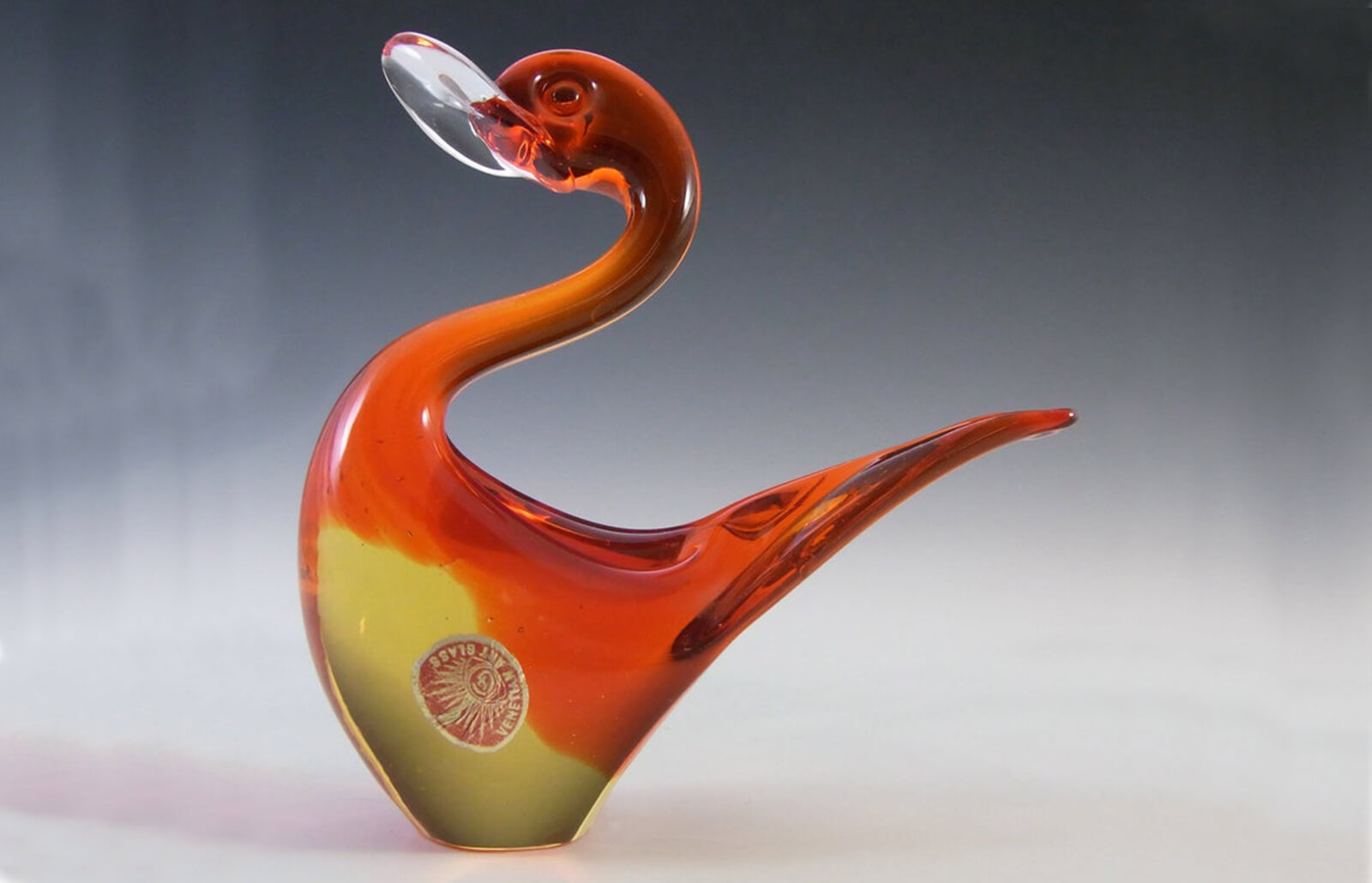
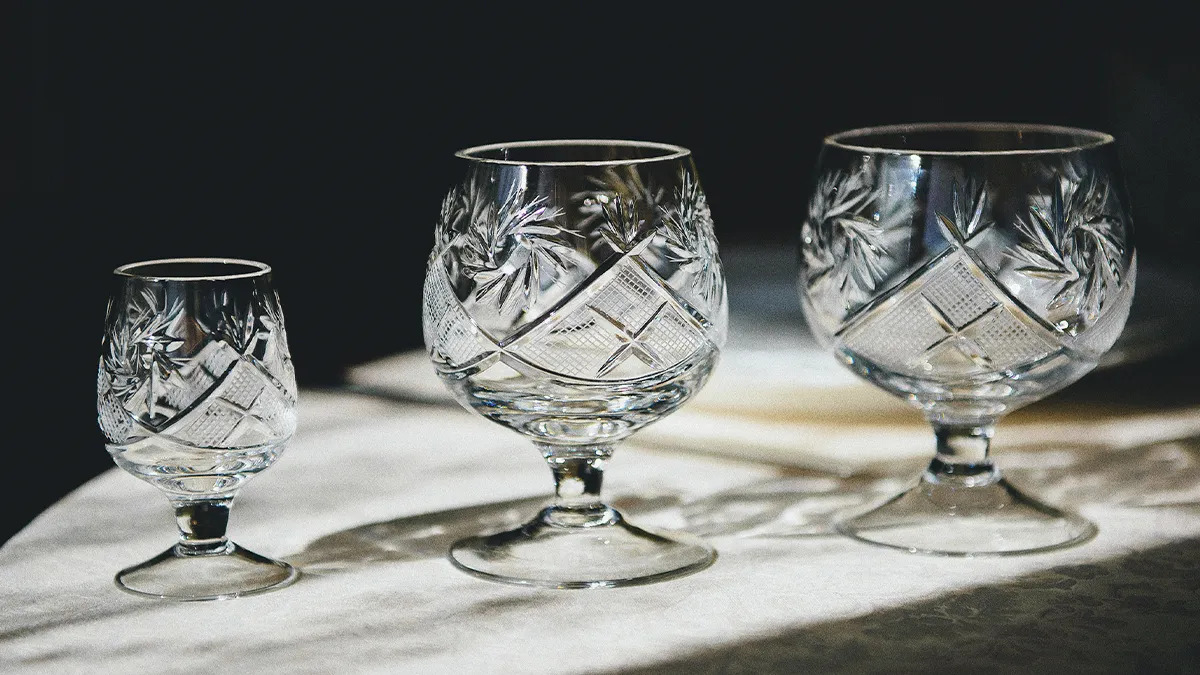
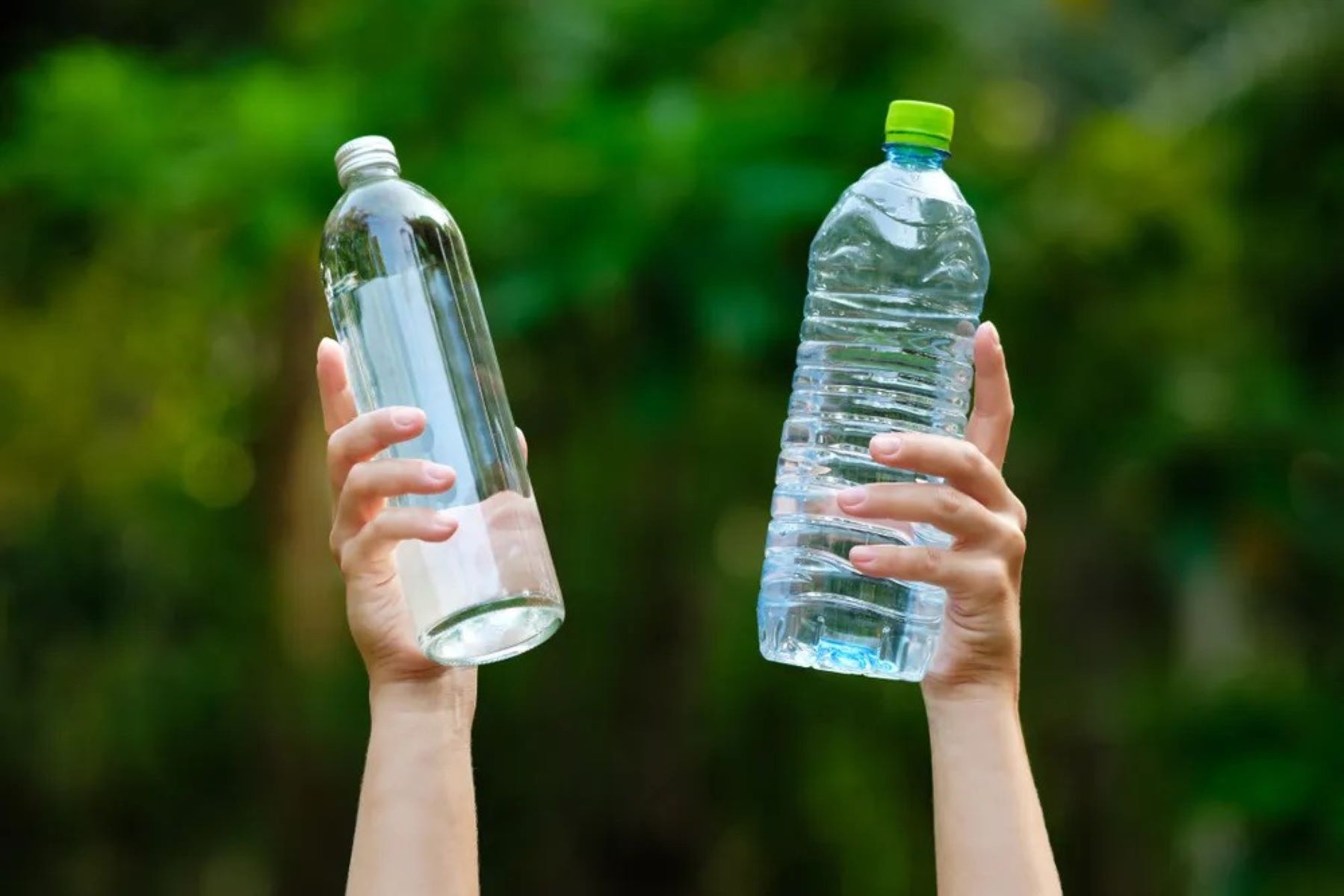
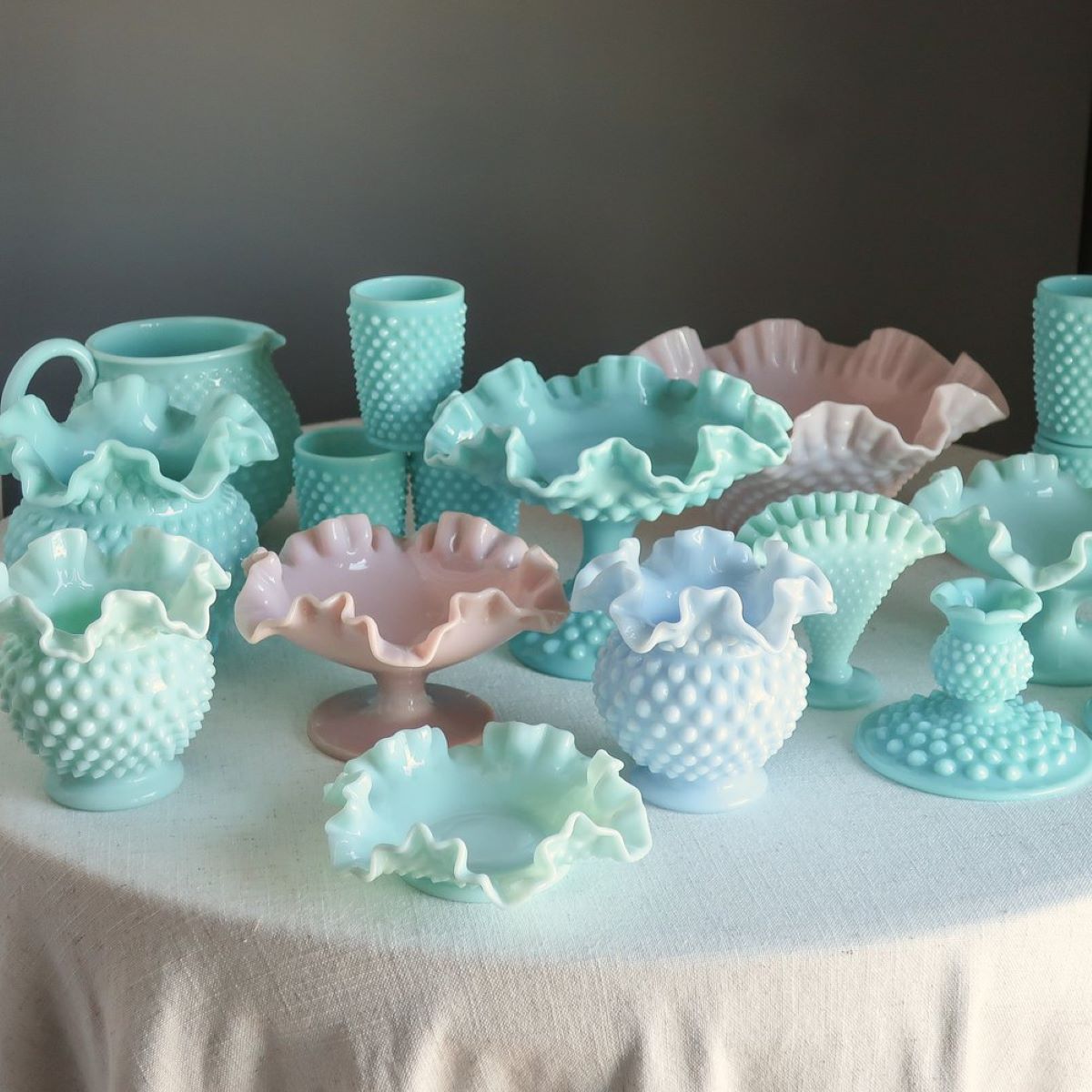
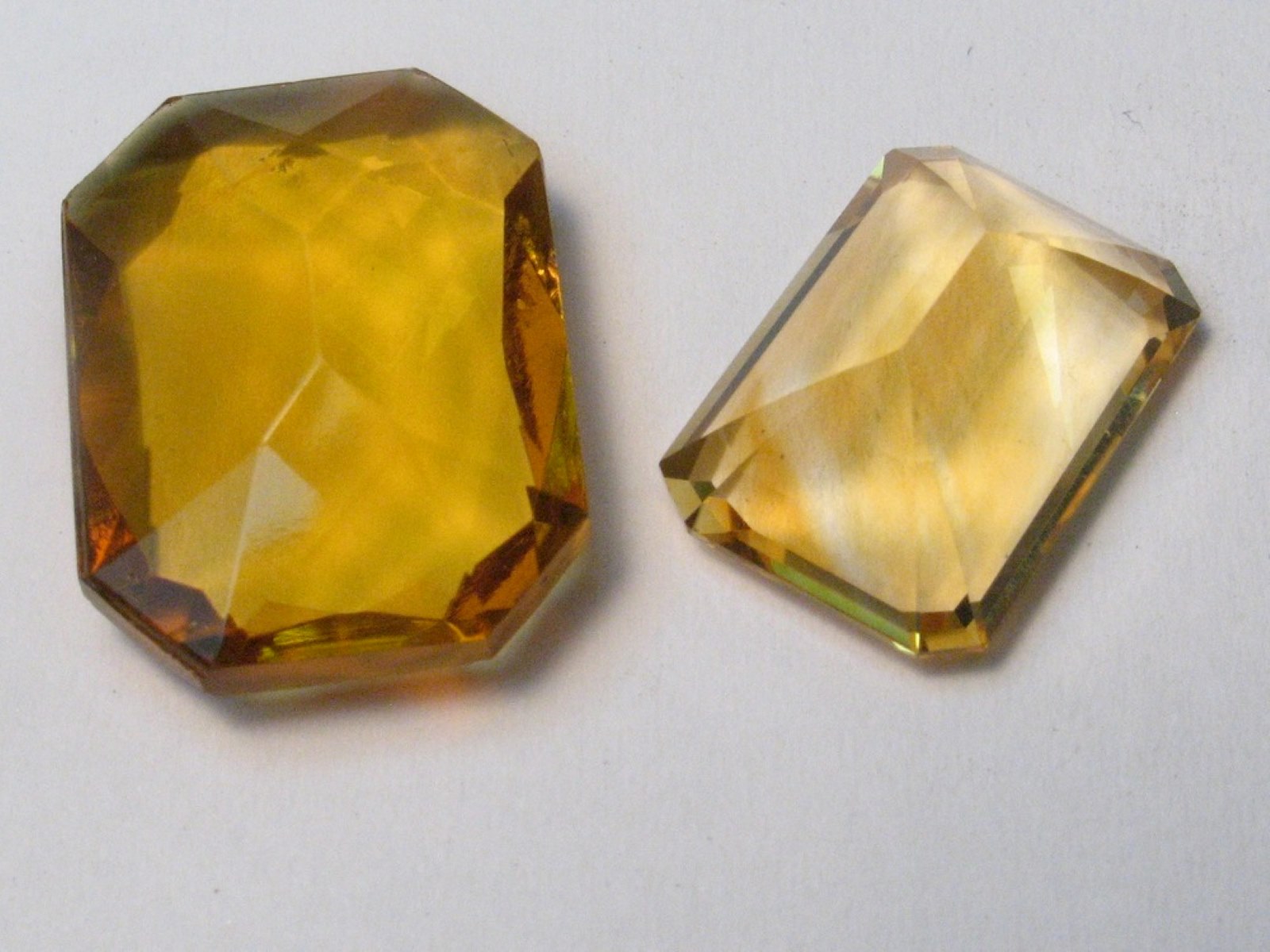
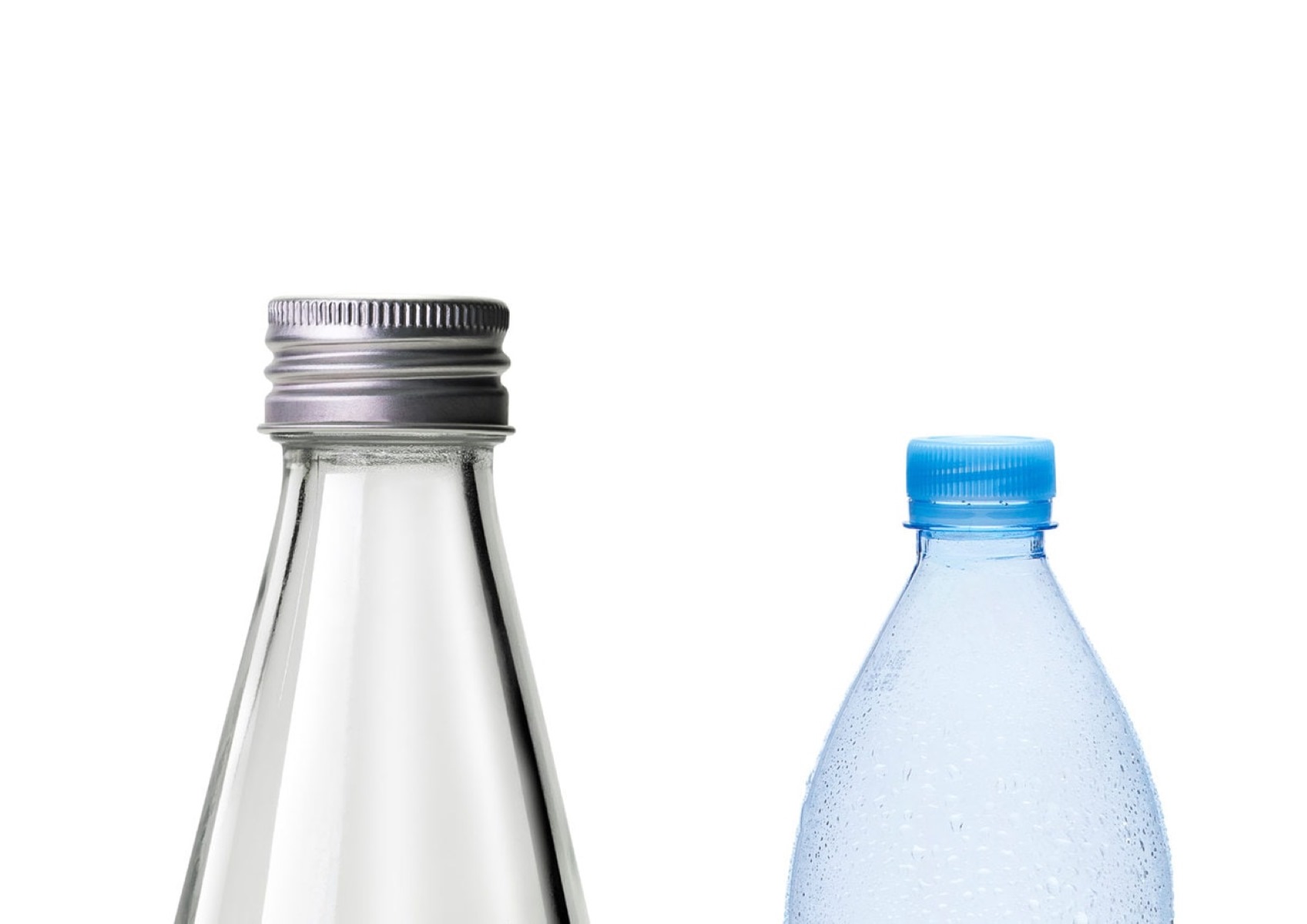
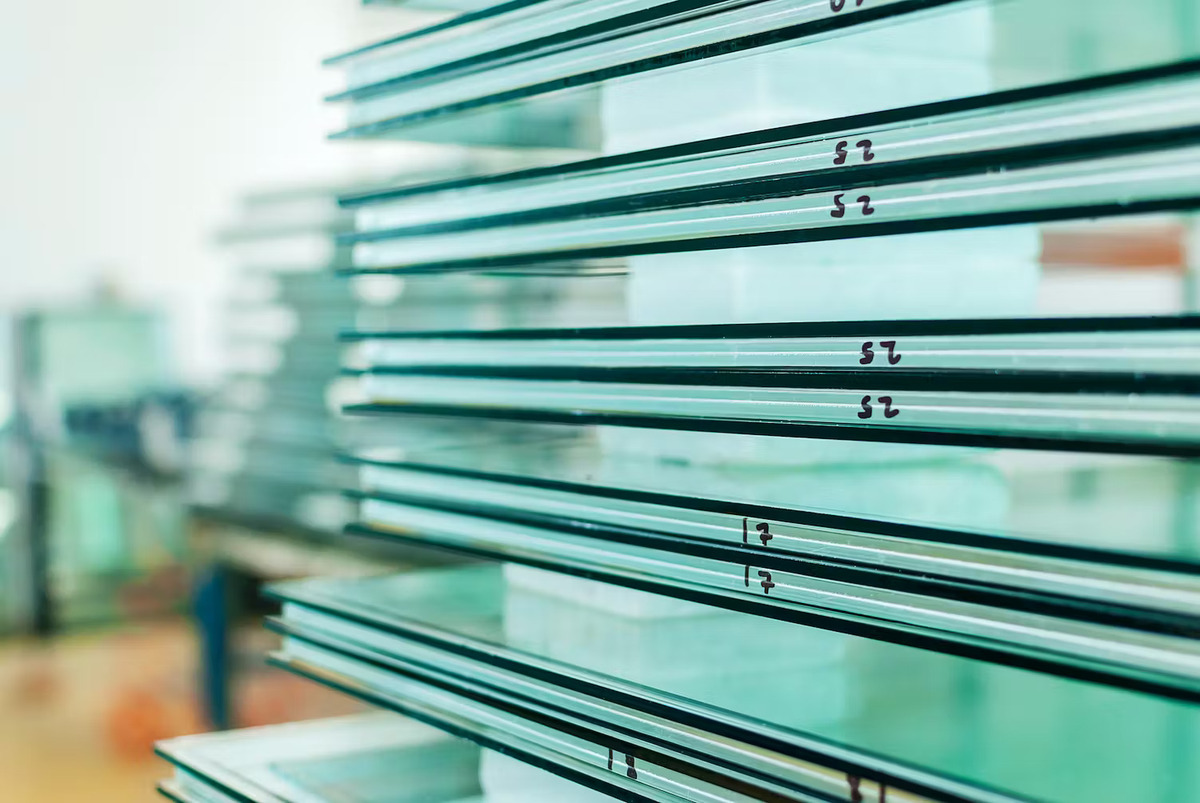
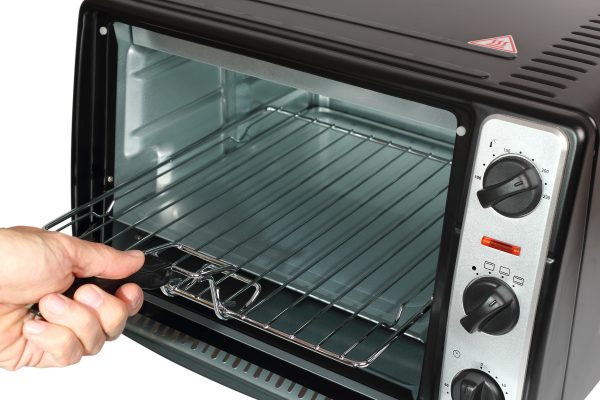
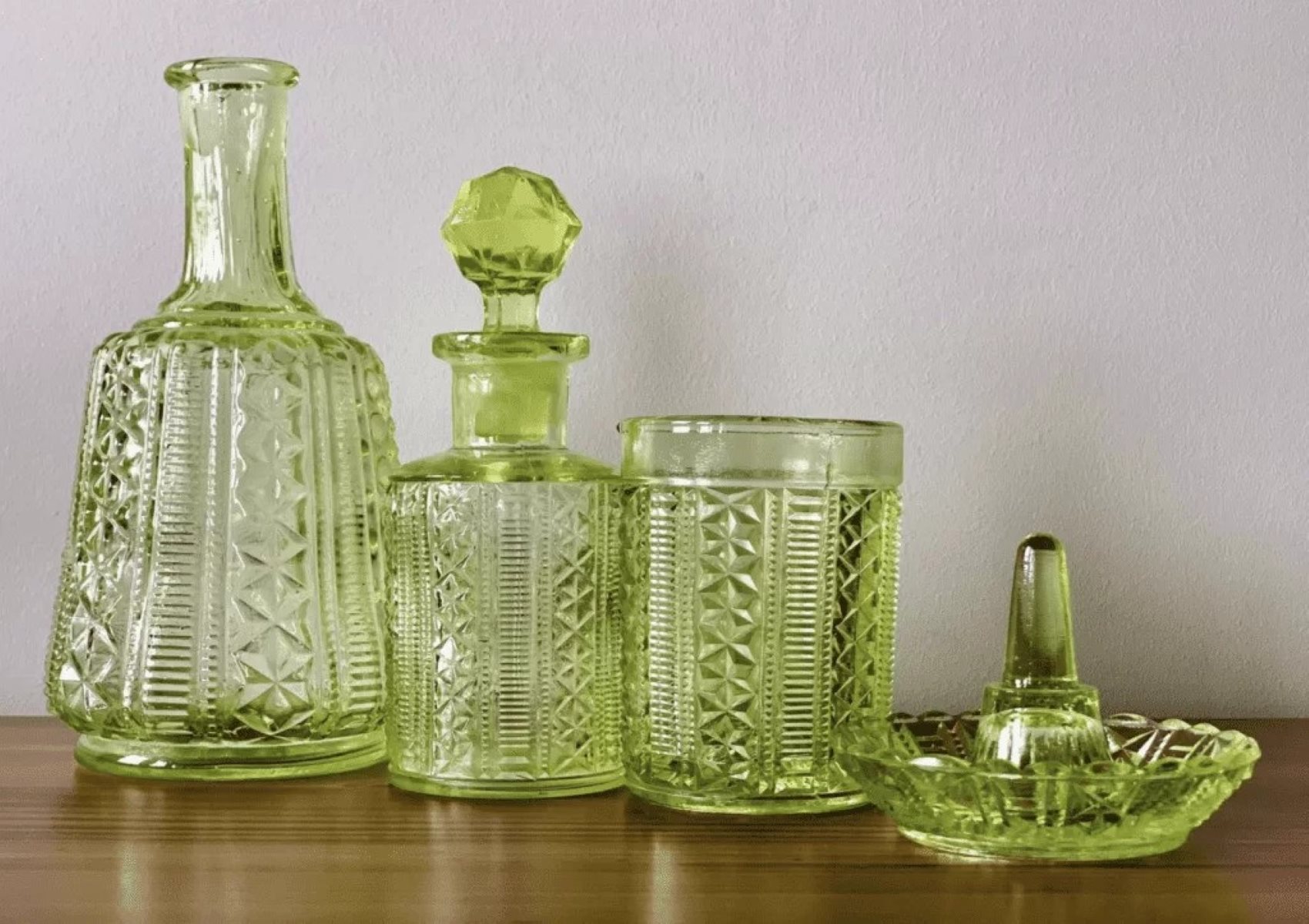
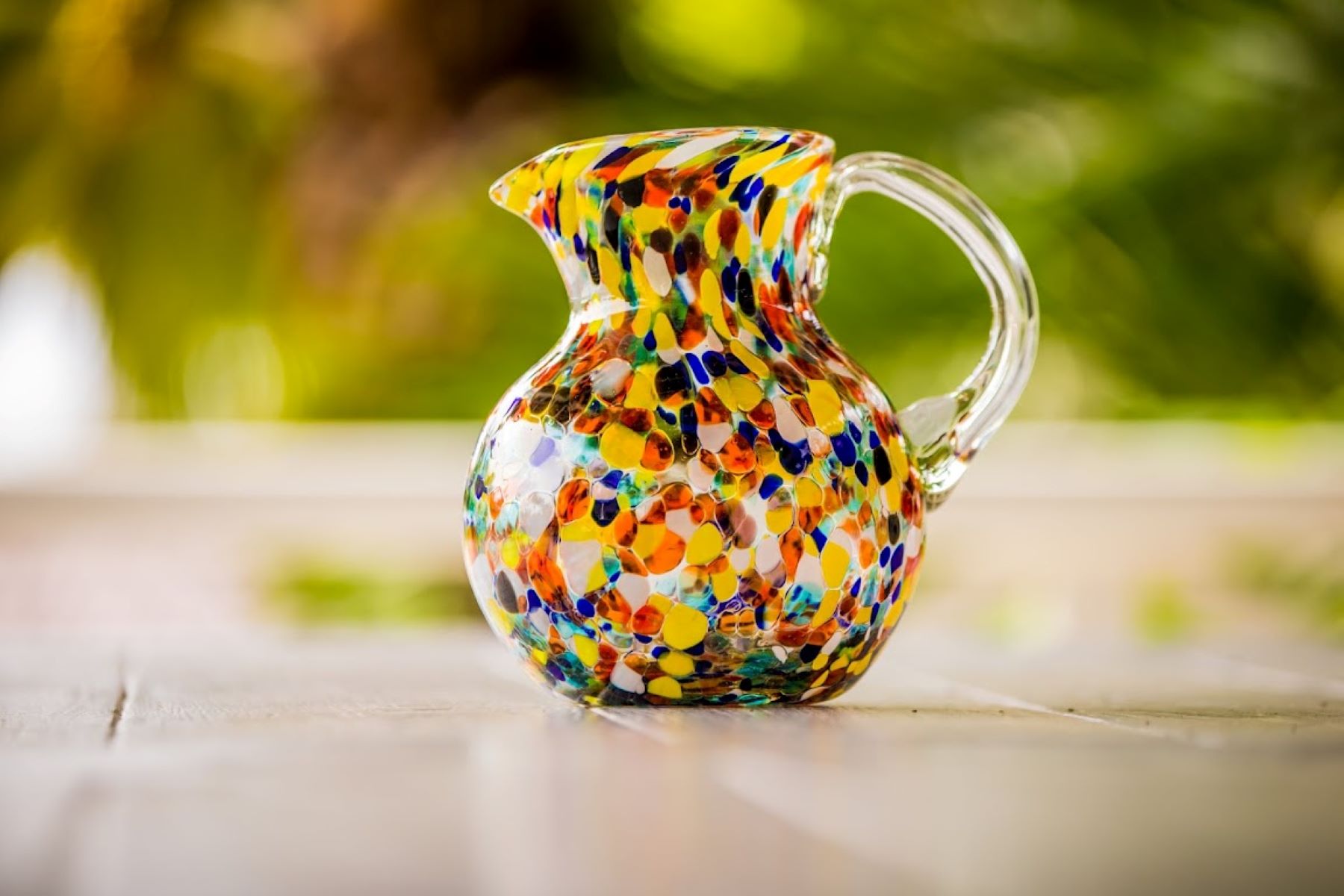
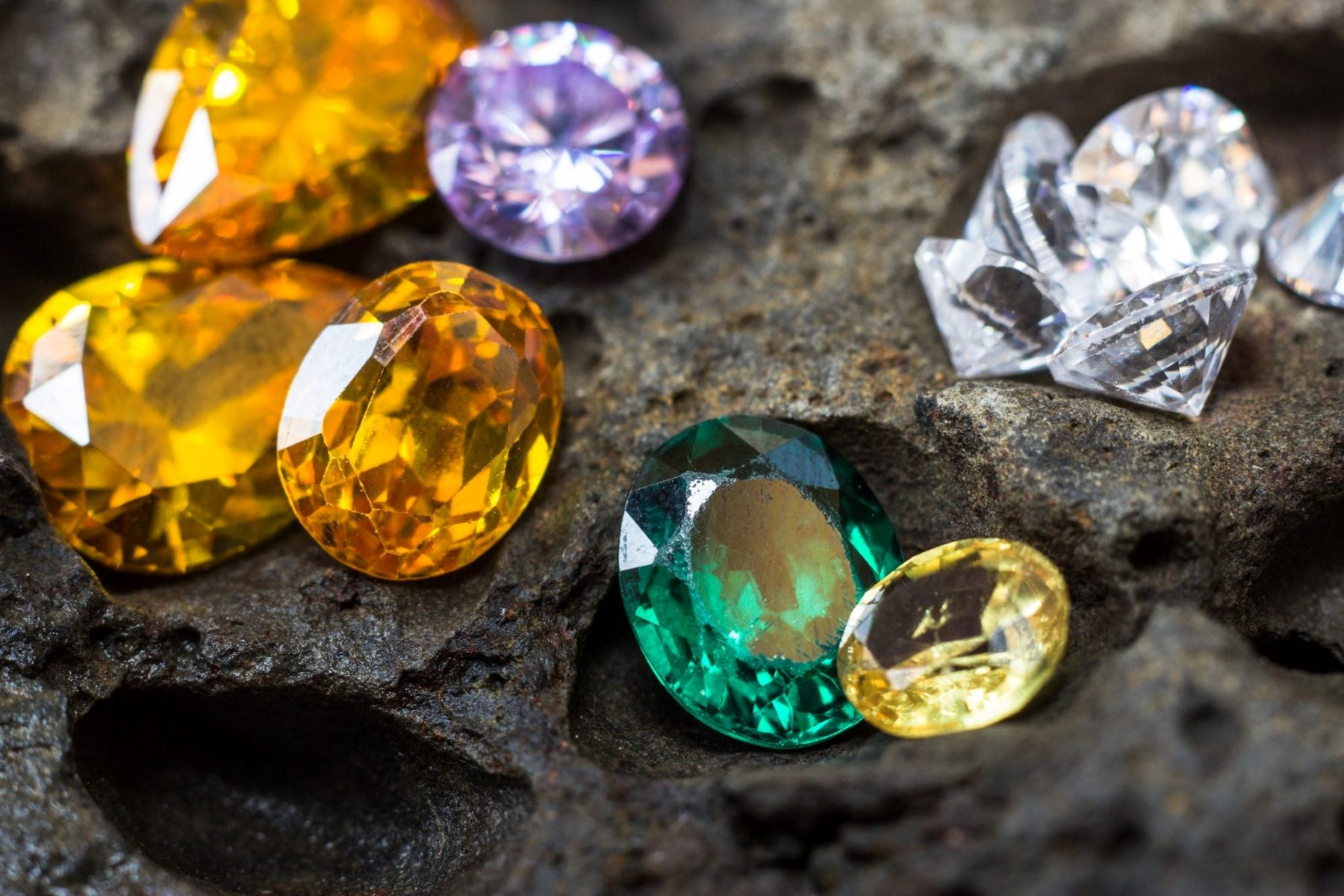

0 thoughts on “How To Tell If Glass Is Oven-Safe”